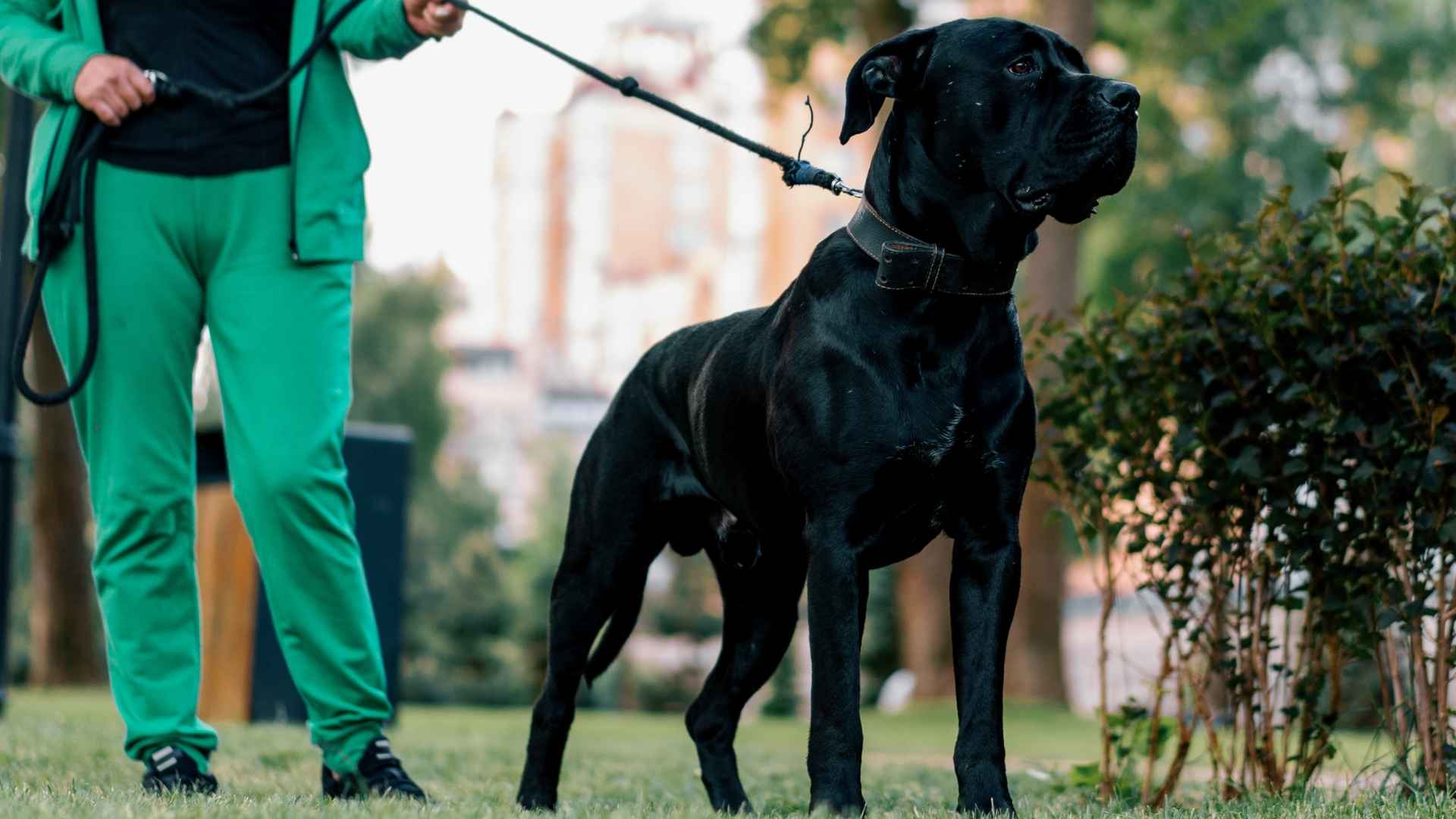Guard dog behavior extends beyond affection to include providing security and protection. Night-shift guardian dogs bark frequently during nighttime hours, which makes them effective at deterring burglars. According to Britannica, dogs began their roles as herders and guardians at the time livestock domestication started, approximately 9,000 to 7,000 years ago.
The historical role of dog breeds reveals their preservation of instincts, such as alertness, territoriality, and loyalty, which experienced owners can further develop and refine. Experienced handlers understand that guard dog breeds require more than basic pet care.
This guide introduces readers to dog breeds that naturally protect their homes while showing high trainability and flourishing in expert care and active settings.
Guard Dog Breeds for Experienced Owners
Here are ten protection dogs:
1. German Shepherd
German shepherds stand out as the top performers within the canine community. These dogs excel in numerous professions because of their intelligence and ability to learn. The German breed started as herding dogs but quickly gained recognition for their valuable talents in various fields.
In both World Wars, these dogs fulfilled roles as messenger carriers, search-and-rescue companions, and guards, while also serving as bomb detection specialists, as per Britannica.
These extremely loyal dogs were indispensable to troops. They demonstrate outstanding skills in understanding human emotions. They display extraordinary intuition, which makes them ideal candidates for service dog roles.
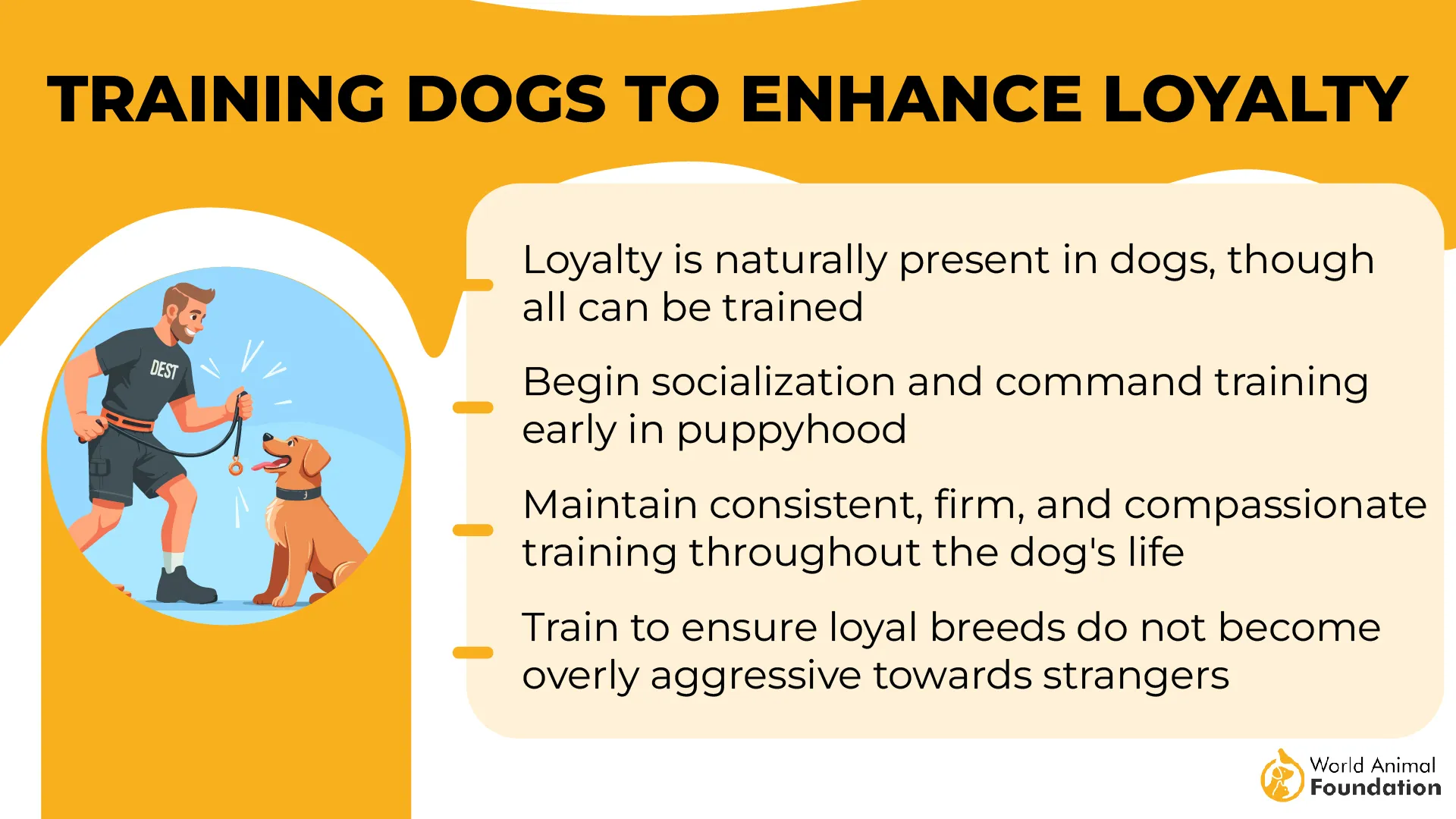
They feature a durable double coat that repels water and resists dirt. With their excellent grooming skills combined with other traits, you end up with a dog built for adventure.
2. Great Dane
Even though they have a massive appearance, Great Danes possess gentle hearts. Their affectionate nature establishes Great Danes as “gentle giants.” Expect them to snuggle up to your lap even if their weight exceeds 100 pounds. They were originally bred in Germany for wild boar hunting and estate protection, which explains their continuous protective nature.
They can ward off intruders through their loud bark and large stature, even though they lack innate aggression. These large dogs show an unexpected trainable nature and respond to positive reinforcement techniques. Starting training early helps prevent their large size from becoming too difficult to handle as they mature.
3. Rhodesian Ridgeback
The creation of the Ridgeback breed resulted from mixing European hunting breeds, such as Greyhounds and Mastiffs, with African native dogs. The resultant breed thrives athletically while withstanding Africa’s harsh environment thanks to its robust genetic foundation. Experienced owners make the best matches for Ridgebacks, as per PetMD.
Effective leadership, combined with consistent training and mental stimulation, can help prevent Ridgebacks from experiencing boredom, which can lead to destructive behavior. They are excellent watchdogs. These dogs will not bark without reason, but they give warning signals when they notice anything out of the ordinary.
4. Rottweiler
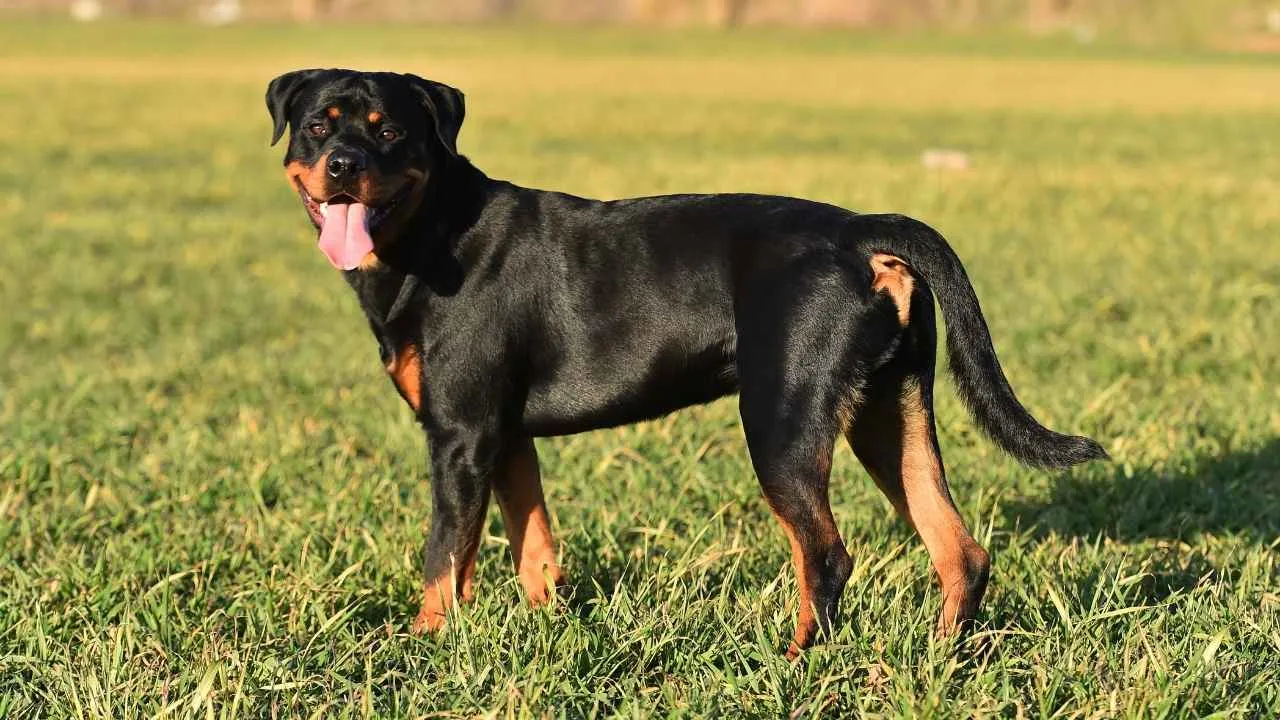
The Rottweiler descends from ancient Roman drover dogs who were trained to guard livestock and pull carts, and remains one of the most powerful protection breeds in the history of dogs. They remain a powerful presence today because of their sharp senses, along with their natural instincts and loyal nature.
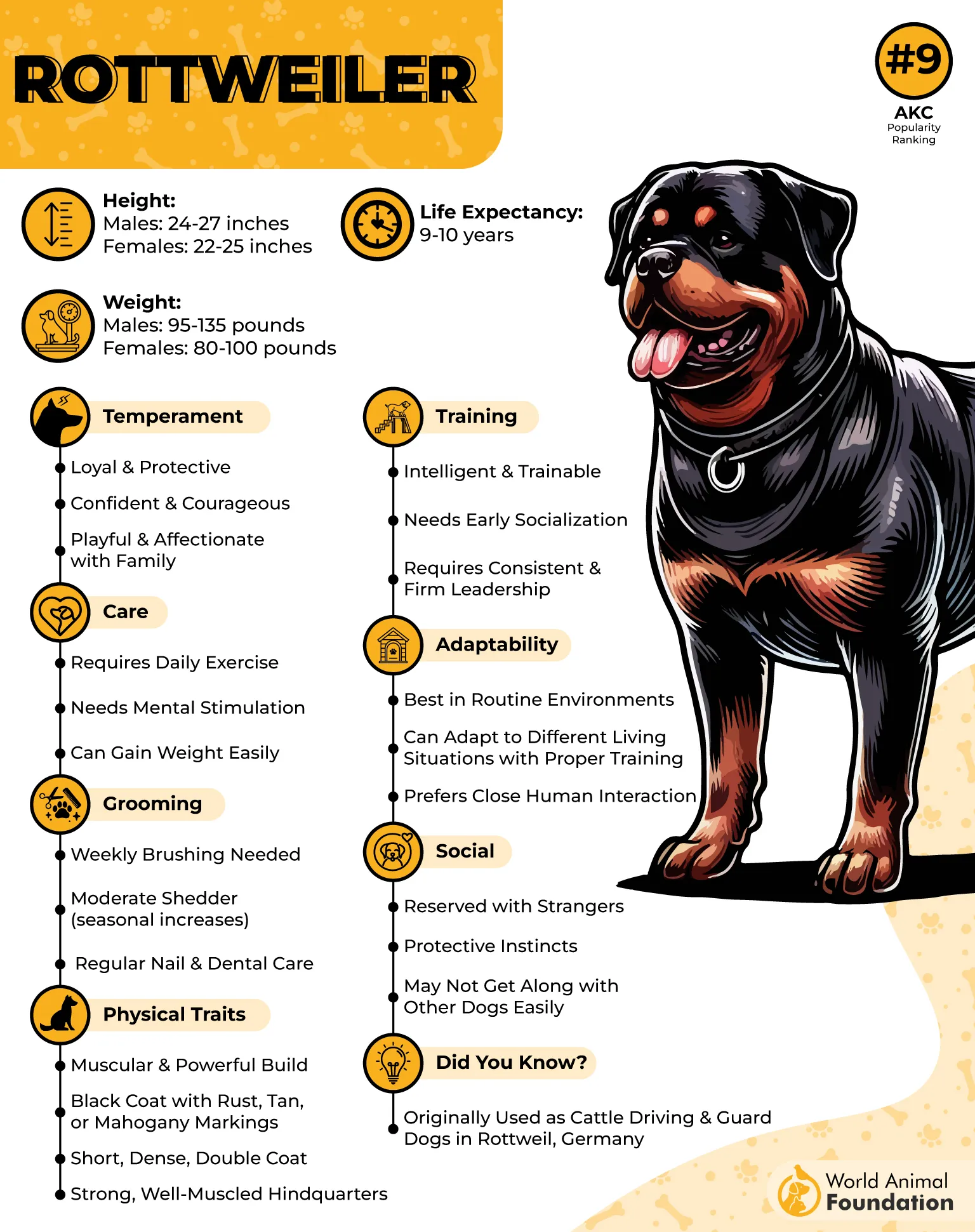
They possess protective instincts that help them differentiate between safe and dangerous situations, enabling them to provide superior personal protection when given proper training from an early age.
However, they are not suitable for first-time dog owners because they require both mental and physical challenges, as well as proper socialization. Only seasoned owners who practice reliable leadership must develop a strong bond with these dogs.
5. Belgian Malinois
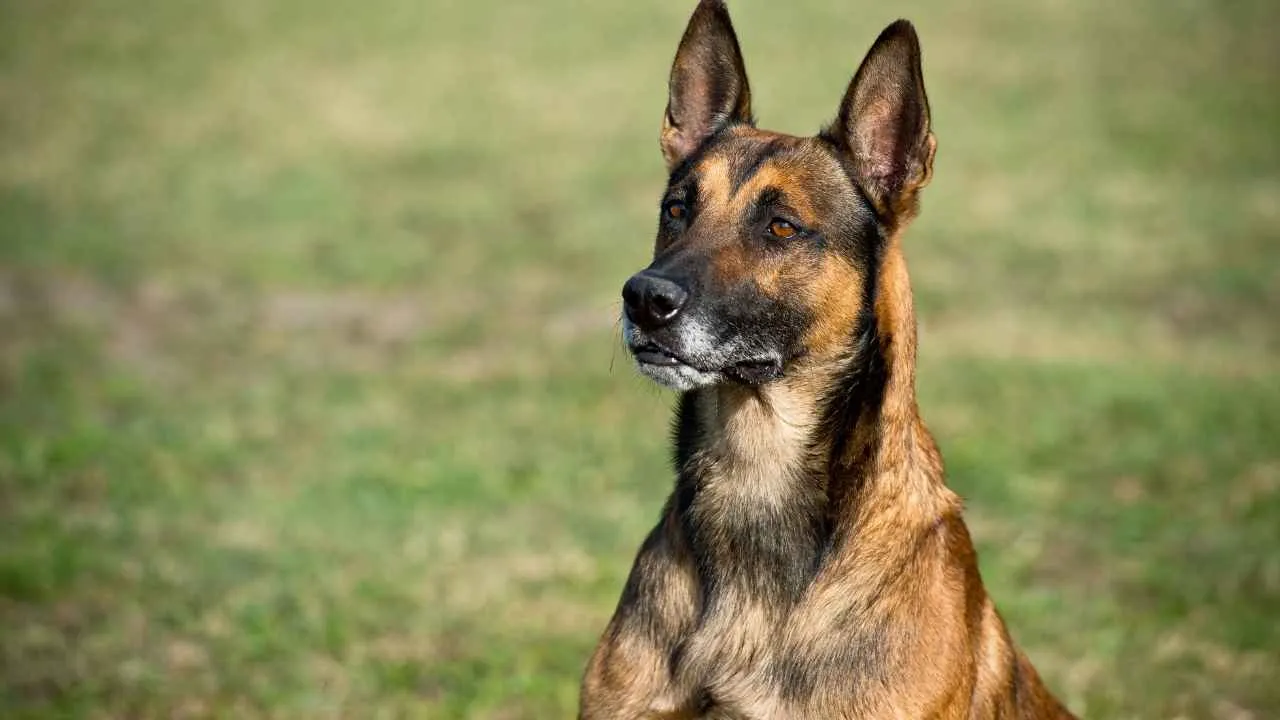
The Belgian Malinois excels as a powerful force in guard dog and protection work because of its unmatched alertness and trainability. They serve in military roles and police K-9 units, performing best for owners experienced enough to handle their active lifestyle.
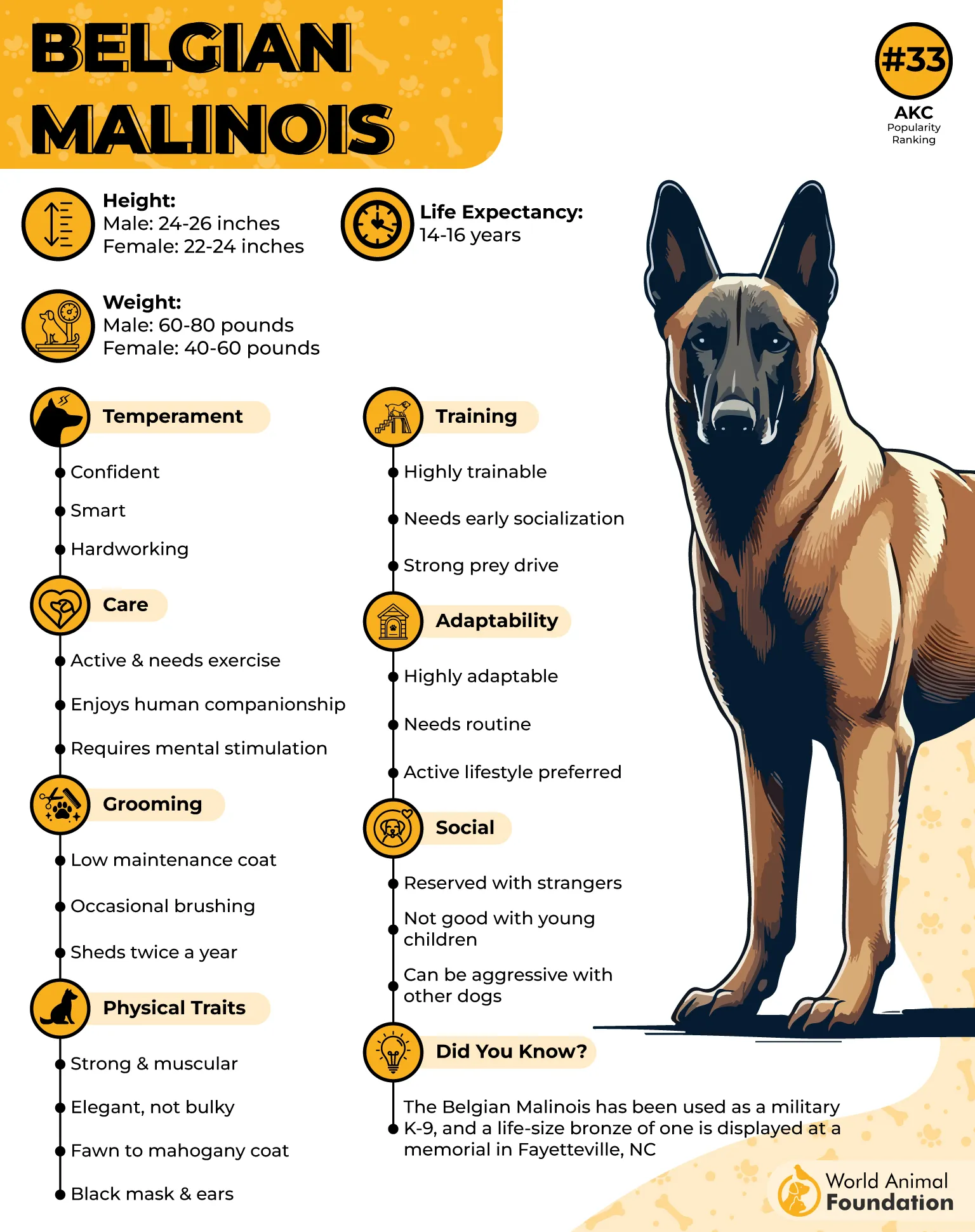
They become an excellent choice for personal protection because they possess natural protective instincts, but require regular exercise. First-time owners often struggle when they lack the skills to manage their dogs’ highly energetic levels.
6. Doberman Pinscher
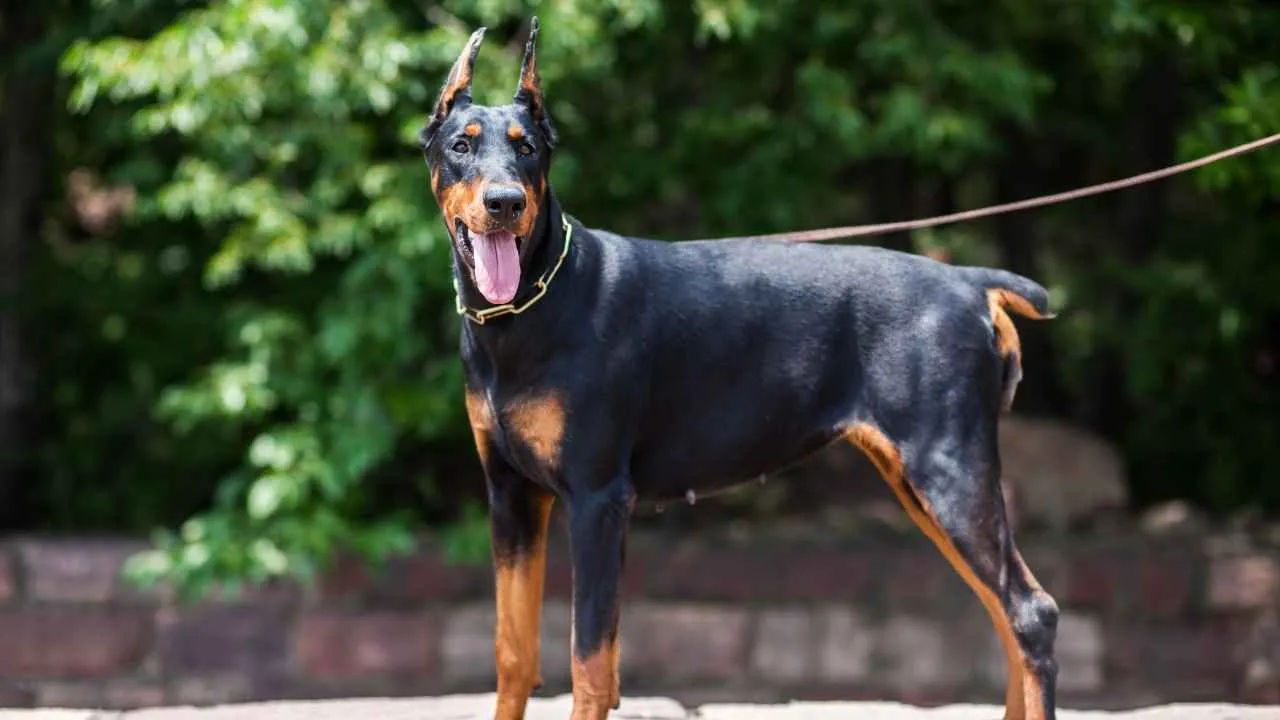
A German tax collector created the Doberman Pinscher in the 19th century as a personal protection breed, seeking a loyal and brave canine to fend off intruders. This breed became one of the most famous guard dogs. They possess a fearsome look and sharp instincts that drive them to protect their territory and loved ones spontaneously.
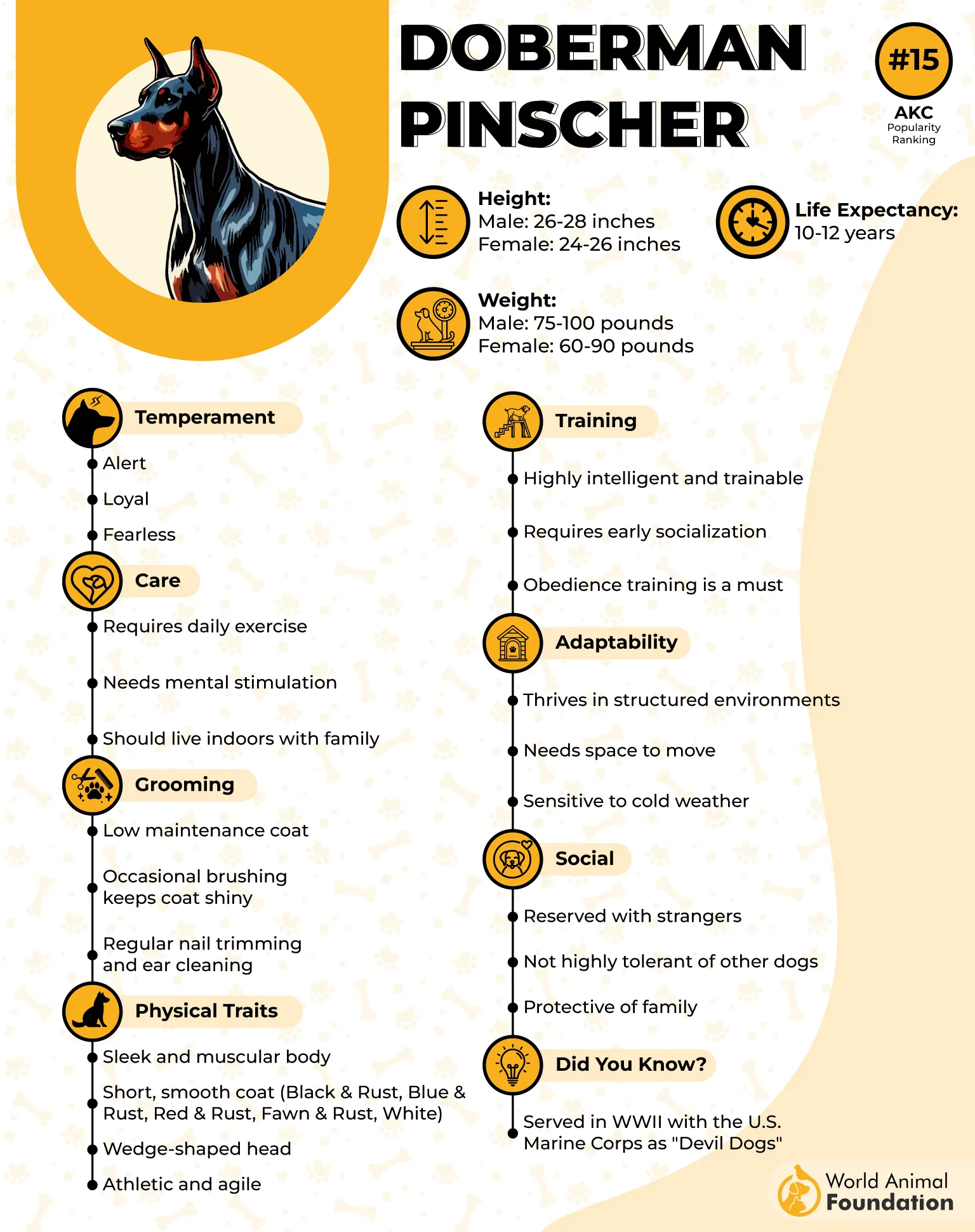
The energetic nature of these dogs, combined with their need for structure, makes them ideal companions for experienced dog owners, but not for everyone. They excel as a powerful protector, whether they stand guard at home or accompany you on runs.
7. Cane Corso
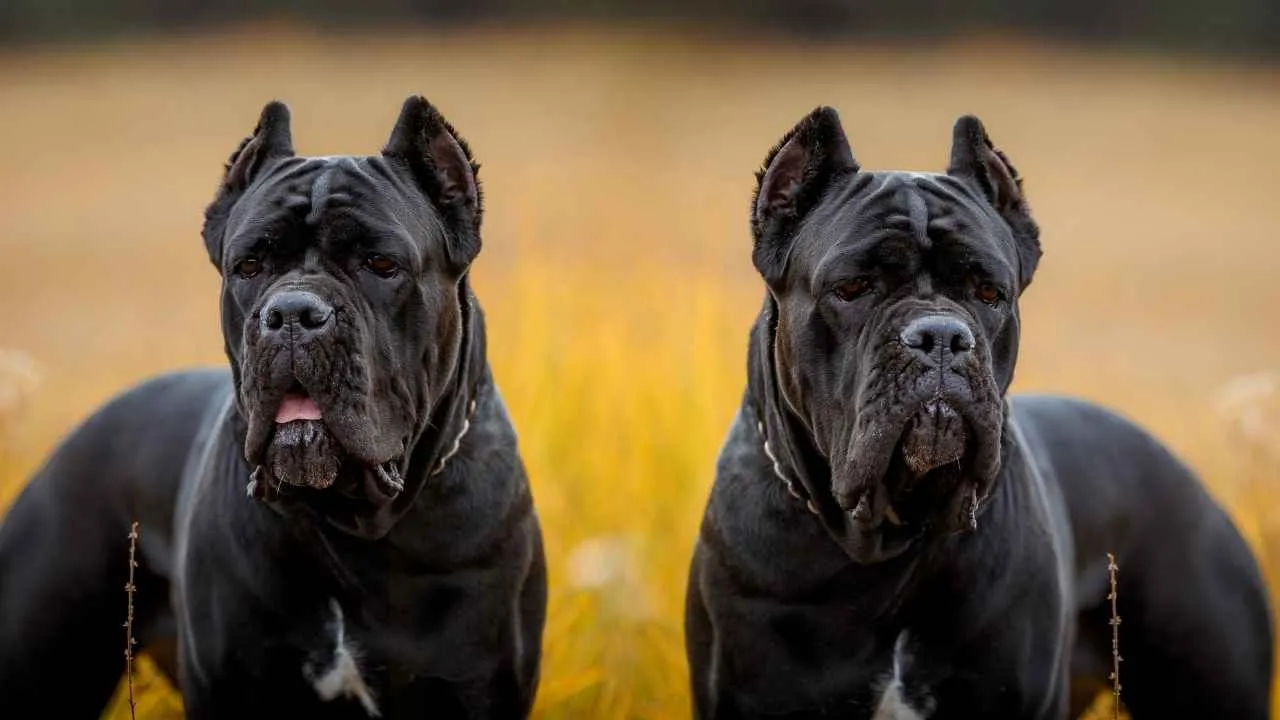
The Cane Corso hails from ancient Roman war dogs, which were designed as strong protection dogs that perform property guarding and wild boar hunting. People today consider the Cane Corso one of the top guard dog breeds available for protection. The Cane Corso demonstrates fierce loyalty, while their protective instincts and impressive presence allow it to ward off potential threats effectively.
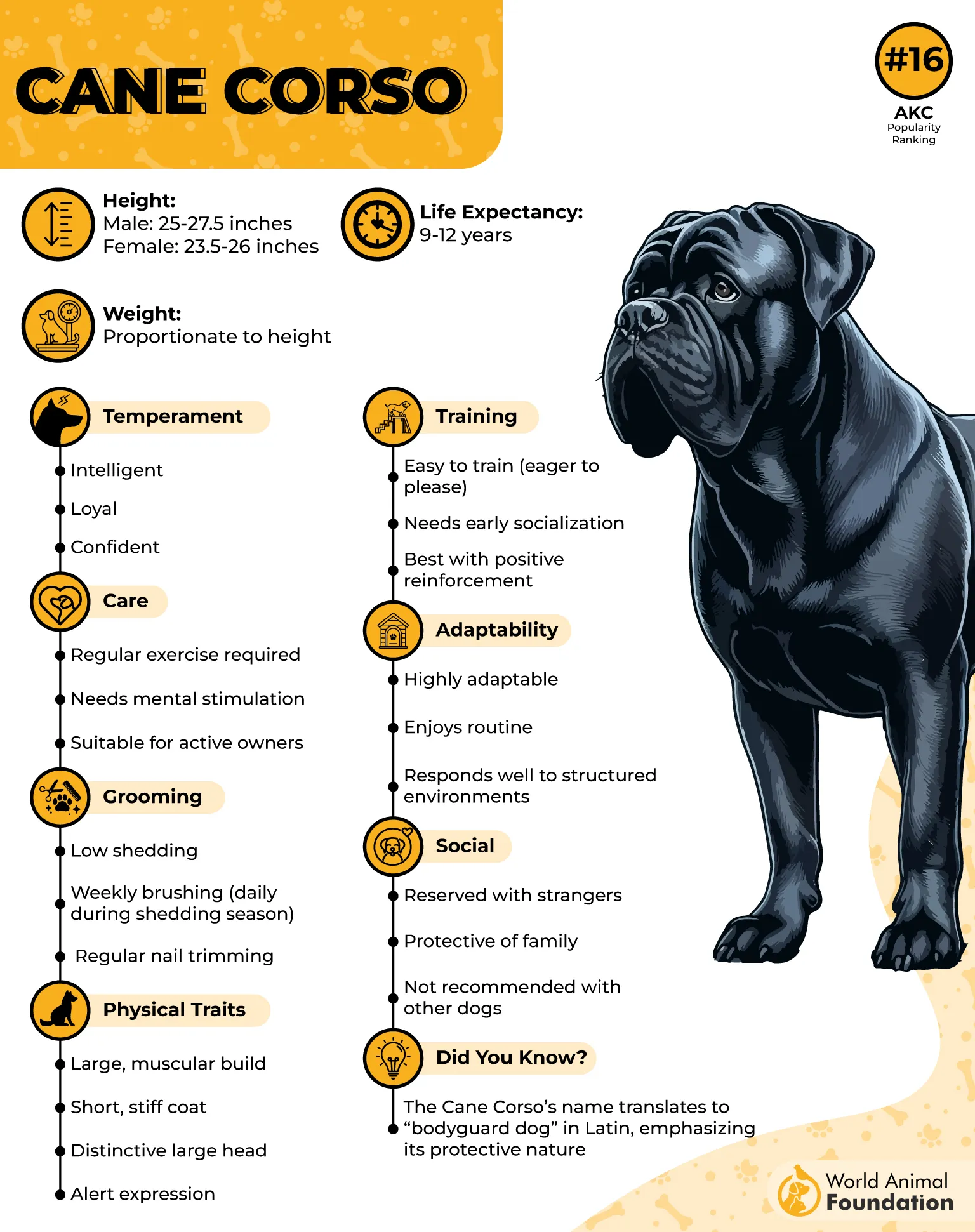
These dogs develop strong family ties while serving as both outstanding watchdogs and affectionate companions when they receive proper care. They are extremely intelligent, which challenges both faint-hearted individuals and casual pet owners.
8. Dalmatian
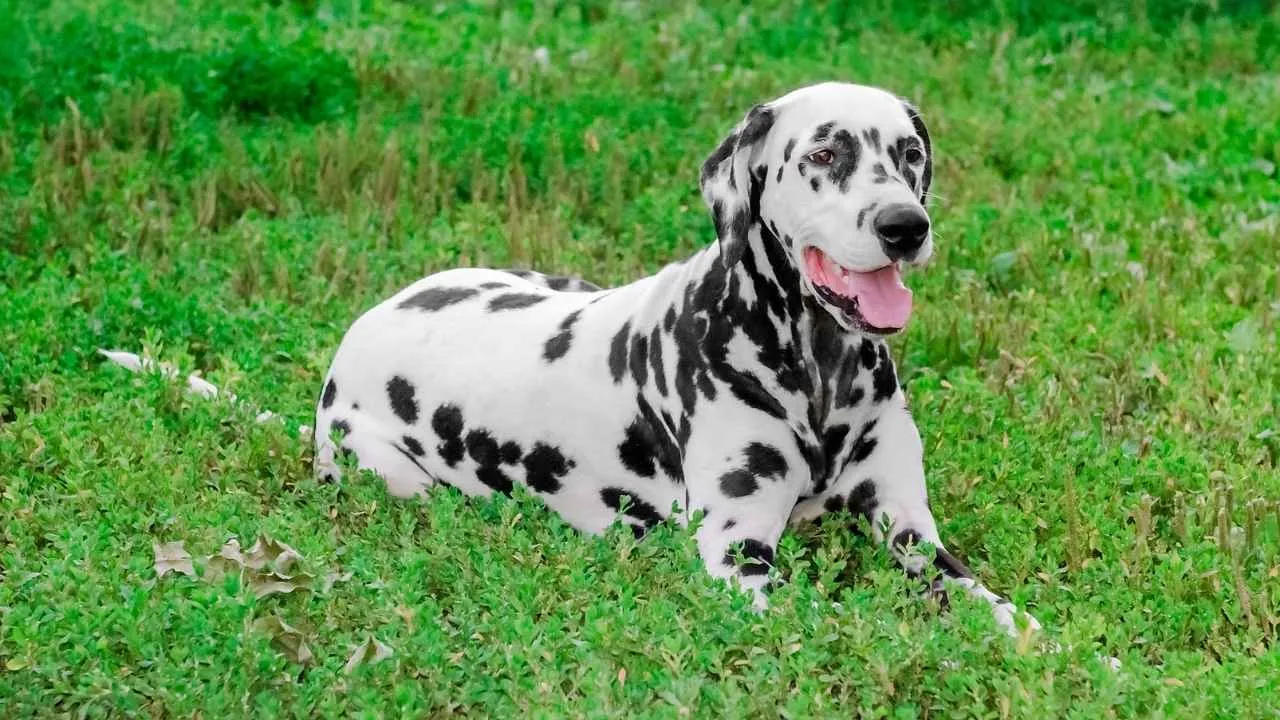
Beyond their famous role in films and distinctive spotted appearance, Dalmatians serve as effective guard dogs due to their strong protective instincts and high level of alertness. They serve as watchdogs because they stay vigilant and respond quickly when they detect danger.
According to Orvis, despite lacking the robust physical size found in many other breeds, they remain effective protectors.
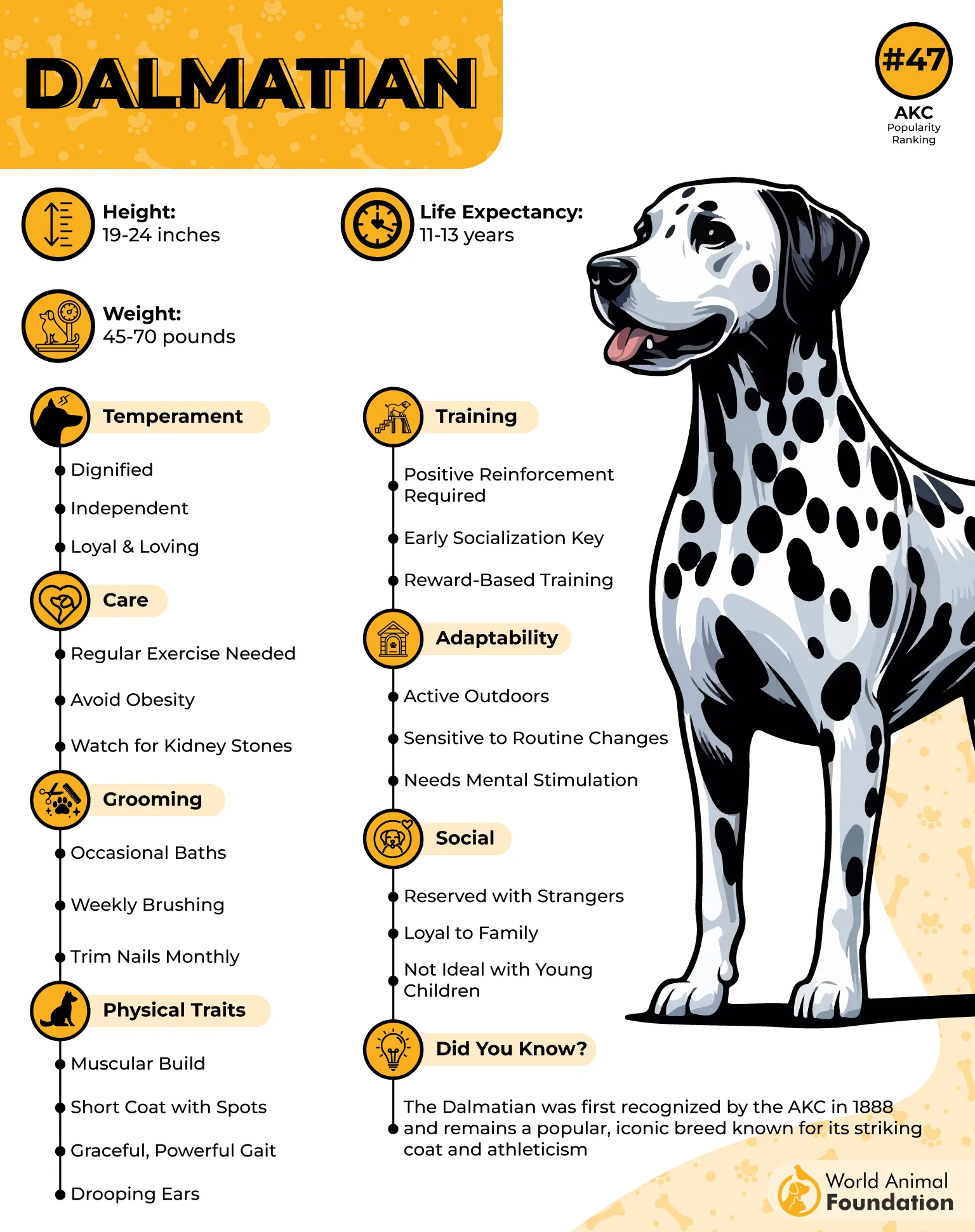
A bold and independent protector lies beneath the surface of their friendly demeanor, and they remain ready to form strong connections with their human companions while constantly monitoring their surroundings.
9. Akita
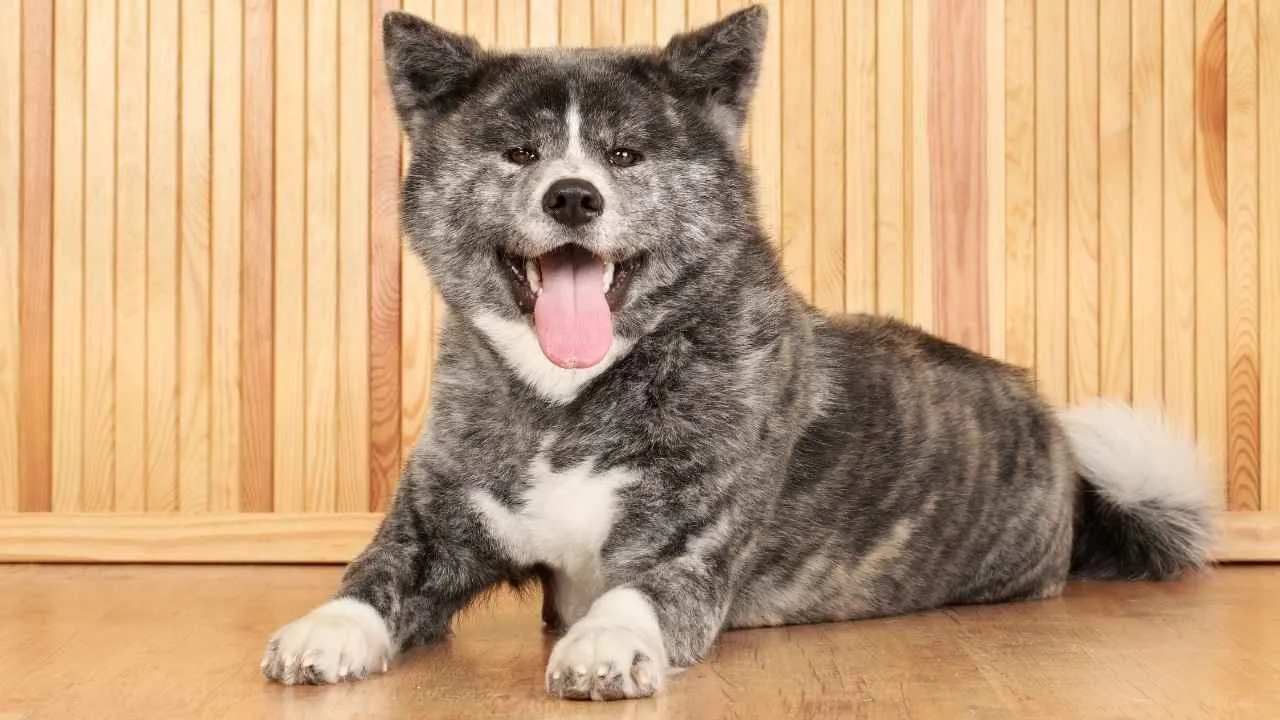
The Akita breed holds a revered position in Japanese history, as it embodies loyalty and protection. They have earned global acclaim as exceptional guard dogs because of their calm nature. Raising an Akita demands significant dedication and effort.
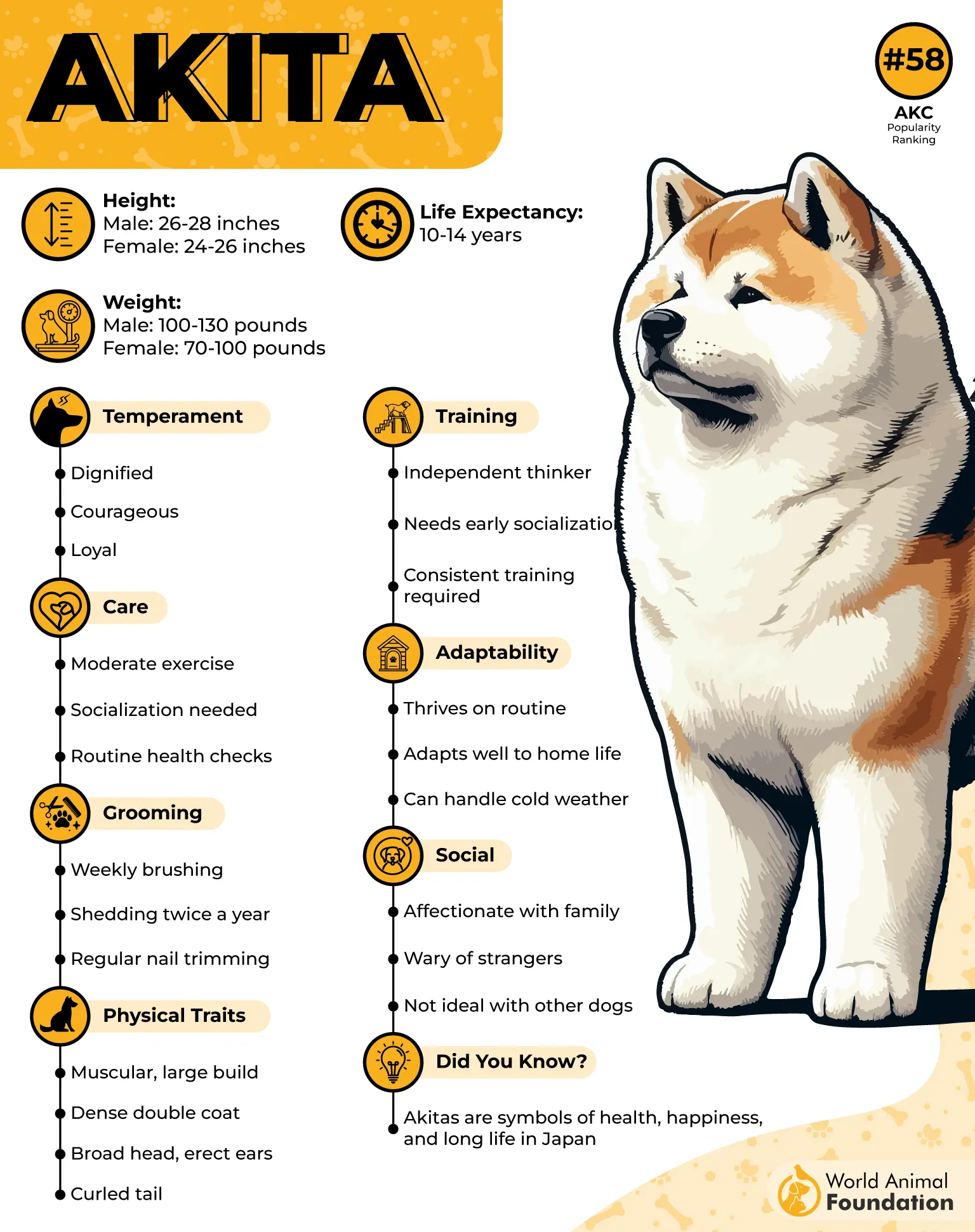
Experienced owners should consider Akitas because they possess dominant temperaments that require firm, yet authoritative, guidance. Their combination of a dense double coat and large stature, along with their menacing stare, helps establish their reputation for exceptional guarding abilities.
10. Bullmastiff
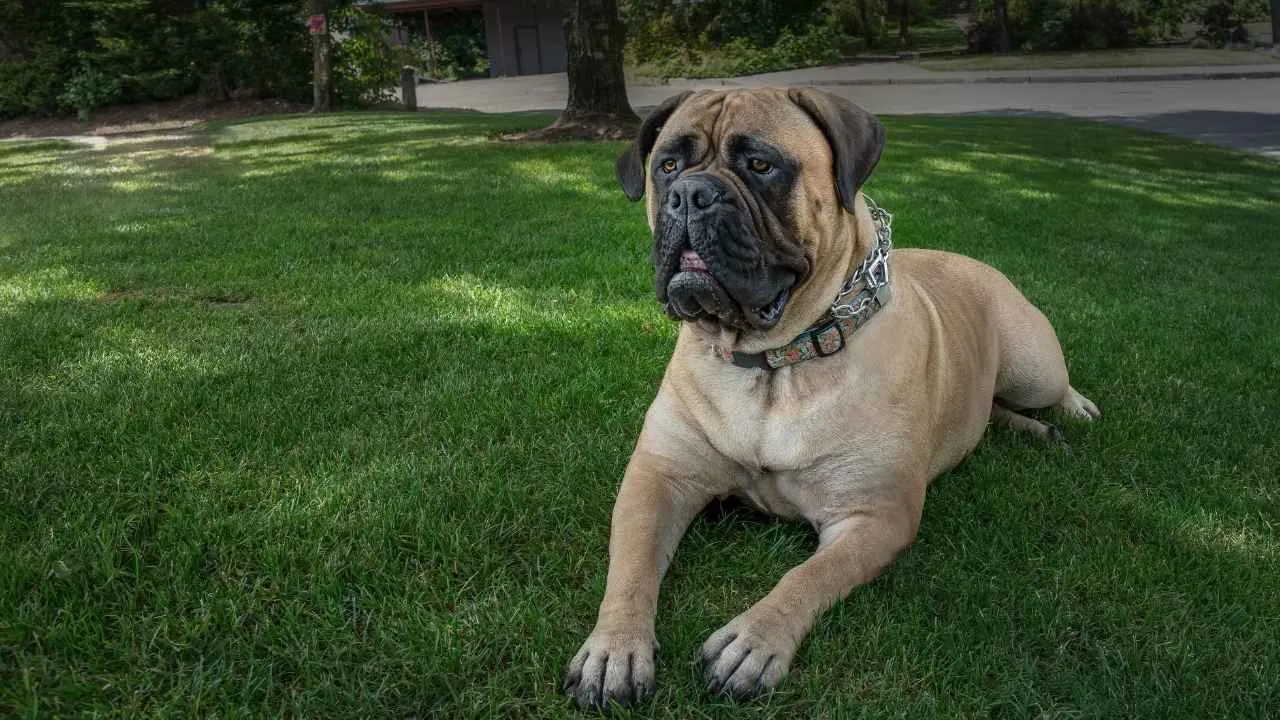
The Bullmastiff was initially bred to confront poachers during nighttime activities silently. They were bred to act as active defenders against intruders. The Bullmastiff breed fuses the strength of the mastiff with the nimbleness of the bulldog, resulting in a natural protection dog.
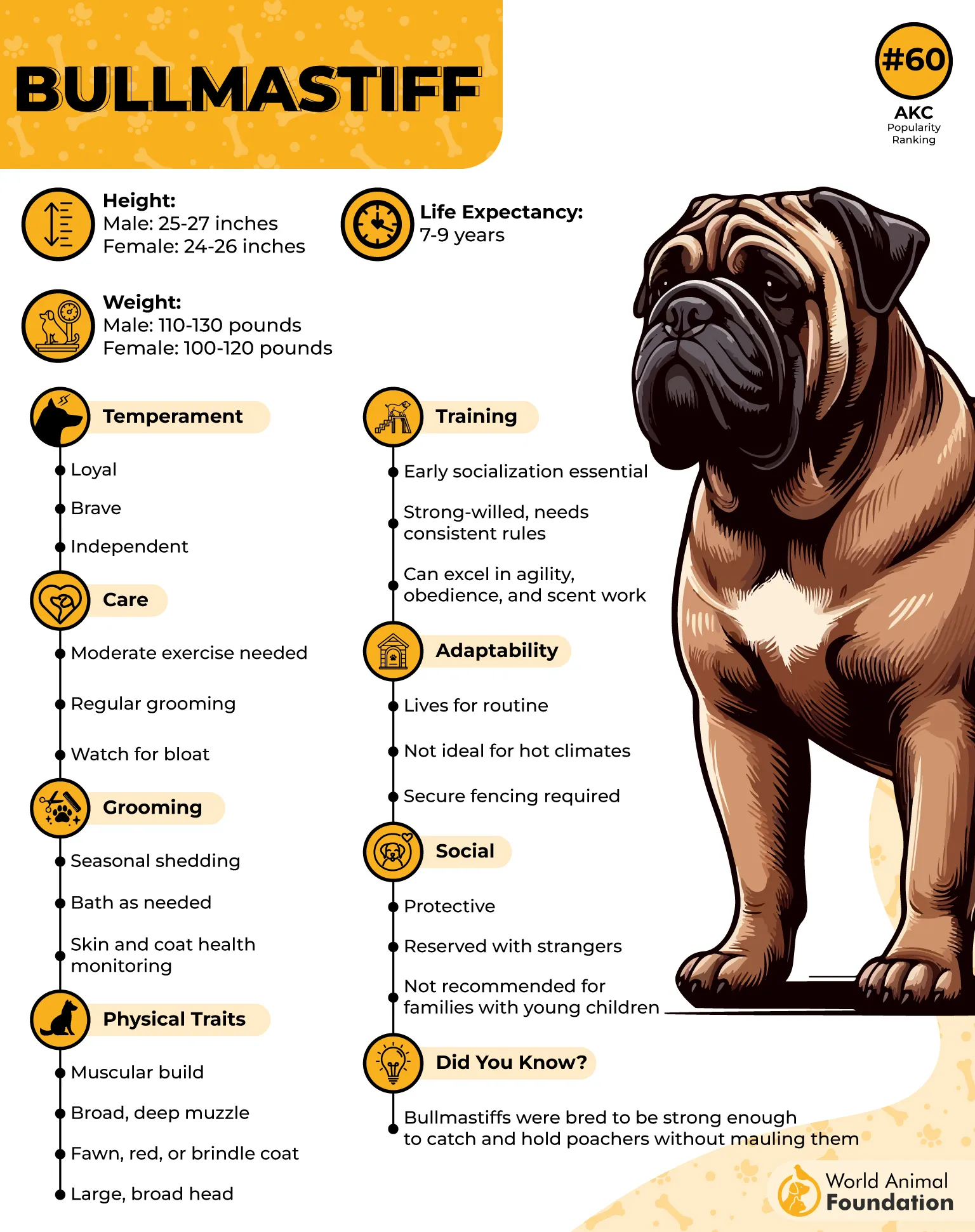
They are calm, confident, and highly intuitive. Despite their gentle giant appearance, which endears them to family members, they require management by someone with experience in owning them. They need proper training, which includes mental stimulation and physical activity, along with defined boundaries.
Conclusion
The selection of a guard dog should focus on its protective instincts rather than its physical appearance or bark. Many dog breeds demonstrate loyalty and alertness, yet only select breeds have the essential temperament and drive to become outstanding guard dogs. They display wariness toward strangers, while being fiercely loyal to their family members; they need owners who can build strong bonds with them.
Experienced owners find their relationship with protection dogs requires mutual respect alongside obedience training. Through the early socialization combined with mental stimulation, these dogs develop into beloved companions beyond their sentinel duties.


